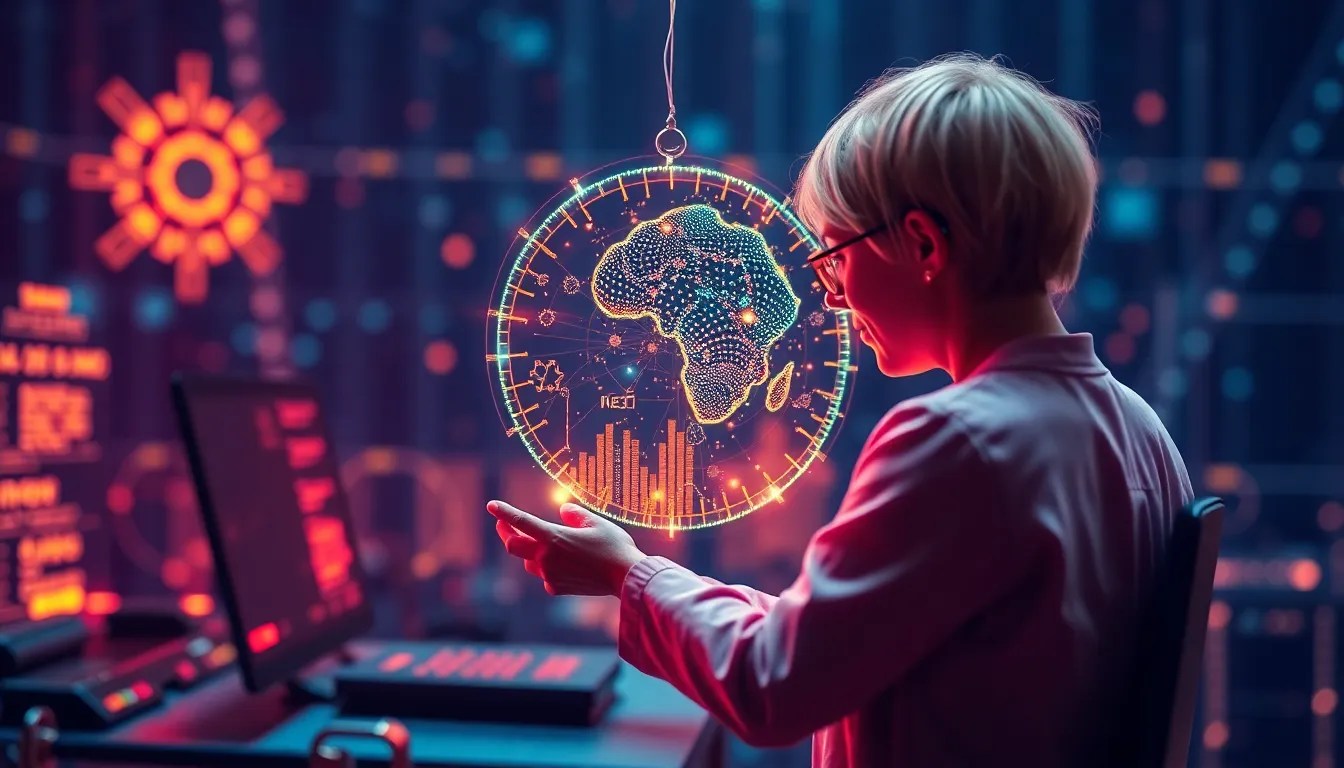Statistical Computing and Machine Learning: A Perfect Partnership?
I. Introduction
In the contemporary landscape of data-driven research and industry applications, the interplay between statistical computing and machine learning has emerged as a pivotal focus. Both fields aim to extract insights from data, yet they approach this goal from distinct perspectives. Statistical computing provides the foundational methods for data analysis, while machine learning introduces algorithms that can learn from and make predictions based on that data.
The intersection of these two fields is not only important for academic researchers but also for industries ranging from healthcare to finance, where data is abundant and the need for actionable insights is critical. This article seeks to explore the rich synergy between statistical computing and machine learning, shedding light on their historical development, fundamental concepts, and the future directions of their collaboration.
II. Historical Context
The evolution of statistical methods in computing has laid the groundwork for the rise of machine learning. Initially, statistical techniques were primarily used for hypothesis testing and data summarization. However, as computational power increased and data volumes exploded, the need for more sophisticated analytical methods grew.
Key milestones in the rise of machine learning include:
- The development of the perceptron in the 1950s, which laid the groundwork for neural networks.
- The introduction of decision trees and support vector machines in the 1980s and 1990s.
- The resurgence of deep learning in the 2010s, driven by advancements in computing power and availability of large datasets.
These historical developments have not only shaped current practices in both fields but have also highlighted the necessity of integrating statistical theory into machine learning methodologies.
III. Fundamental Concepts
To appreciate the partnership between statistical computing and machine learning, it is essential to define both fields:
- Statistical Computing: This field encompasses the computational techniques used to analyze, interpret, and visualize data. It involves the application of statistical methods to solve practical problems, often utilizing software tools for data manipulation and analysis.
- Machine Learning: A subset of artificial intelligence, machine learning focuses on the development of algorithms that enable computers to learn from and make predictions based on data without being explicitly programmed for specific tasks.
While both fields share a common goal of data analysis, they differ in their methodologies. Statistical computing often emphasizes inferential techniques, whereas machine learning prioritizes predictive accuracy and model performance.
IV. The Role of Statistical Methods in Machine Learning
Statistical theory plays a crucial role in the development of machine learning algorithms. Understanding the underlying statistical principles can enhance the robustness and interpretability of machine learning models. Key areas where statistical methods contribute include:
- Parameter estimation and hypothesis testing, which are essential for validating machine learning models.
- Statistical learning theory, which provides the theoretical foundation for understanding the behavior of learning algorithms.
- Regularization techniques that help prevent overfitting, a common challenge in machine learning.
Several case studies exemplify the successful application of statistical methods within machine learning:
- In healthcare, statistical models are used to validate predictive algorithms for disease diagnosis.
- In finance, risk assessment models combine statistical techniques with machine learning for robust investment strategies.
V. Machine Learning Enhancements to Statistical Computing
Conversely, machine learning techniques have substantially enhanced traditional statistical analysis. The integration of these techniques can lead to improved model performance and insights. Key enhancements include:
- Automation of data processing and analysis, allowing for faster insights from large datasets.
- The use of ensemble methods, which combine multiple models to improve prediction accuracy.
- Advanced visualization tools that aid in understanding complex data structures.
Real-world examples demonstrate the benefits of this partnership:
- Retail companies use machine learning algorithms for demand forecasting, combining traditional statistical methods with predictive analytics.
- In climate science, hybrid models that integrate machine learning and statistical methods provide more accurate climate forecasts.
VI. Challenges and Limitations
While the collaboration between statistical computing and machine learning is promising, several challenges and limitations persist:
- Common Pitfalls: Overreliance on machine learning without understanding the underlying statistical principles can lead to poor model performance.
- Overfitting: A frequent issue where models perform well on training data but poorly on unseen data, highlighting the need for robust validation.
- Model Interpretability: Many machine learning algorithms operate as “black boxes,” making it difficult to understand their decision-making processes.
- Ethical Considerations: The use of statistical methods in machine learning raises concerns about bias, privacy, and accountability.
VII. Future Directions
The future of statistical computing and machine learning is poised for exciting developments. Emerging trends include:
- Increased focus on explainable AI, where models provide transparency in their predictions.
- The integration of advanced statistical techniques into real-time data processing.
- Cross-disciplinary collaborations that bridge the gap between domain knowledge and statistical/machine learning expertise.
Advancements in artificial intelligence are expected to further shape both fields, enhancing their capabilities and applications. Future collaborations may lead to innovative solutions across various sectors, including healthcare, finance, and environmental science.
VIII. Conclusion
In summary, the partnership between statistical computing and machine learning is a vital component of modern data analysis and decision-making processes. By leveraging the strengths of both fields, researchers and practitioners can unlock new possibilities and enhance the impact of their work.
As we look ahead, it is imperative for professionals in both domains to embrace this collaboration, fostering a culture of innovation and exploration that will undoubtedly shape the future of technology.



